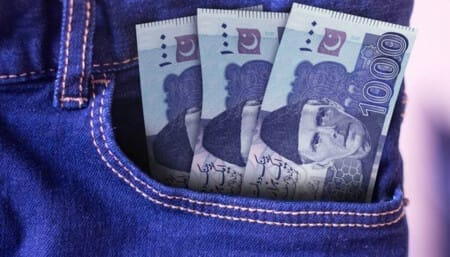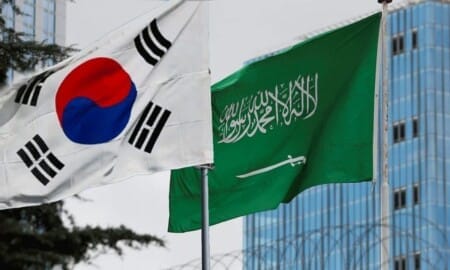Saudi Aramco diversifies its trading operations, stepping into the US crude market to influence the global benchmark Brent.
Story Snapshots:
- Saudi Aramco initiates trading of the US WTI Midland crude oil grade.
- The transactions took place in the Platts Market on Close process.
- These trades represent Aramco’s first foray into WTI in the Platts window.
- Aramco’s expansion into trading activities includes a recent purchase of North Sea crude DUC.
What recent trading move has Saudi Aramco made, and what does it signify for the oil market? Saudi Aramco has begun trading the US crude oil grade WTI Midland, which factors into the Brent benchmark, marking Aramco’s deepening engagement in global oil trading and signaling confidence in the benchmark’s changes.
In a notable shift, Saudi Aramco, the state oil behemoth of Saudi Arabia, has ventured into trading a US crude oil grade that plays a pivotal role in setting the Brent benchmark. This move underscores the company’s expanding trading operations and the growing complexity of the global oil market.
On Monday, Aramco sold a cargo of WTI Midland crude to the energy giant Total through the Platts Market on Close trading process, commonly referred to as the Platts window. This transaction, following an earlier sale last Thursday, marks Aramco’s debut in WTI trades within this influential pricing window.
Joel Hanley, the S&P global director of crude and fuel oil markets, confirmed these initial trades by Aramco, highlighting the company’s growing presence in the global trading sphere. Aramco’s move to execute these trades through the Platts window aligns with its broader strategy of scaling up its trading activities, as seen in its December purchase of North Sea crude DUC.
Read: Pound Climbs to Six-Month Euro High Post Positive Jobs Data
The involvement of more players in the Platts window, following the inclusion of WTI in the Brent benchmark last year, signifies a shift towards a more diversified and representative oil pricing system. Veterans in the field, like Adi Imsirovic, believe Aramco’s participation not only attests to the reliability of the new benchmark but also reflects the Saudi government’s commitment to adapt to the energy transition in a sustainable manner.
Saudi Arabia’s recent adjustments to its oil capacity expansion plans further reiterate the country’s strategic pivot in response to the global energy transition. The inclusion of US WTI Midland, among five other crudes, including North Sea grades, contributes additional supply, thereby reducing volatility in Brent crude spreads—resulting in more stable pricing, especially during the crucial period when futures contracts expire.
Aramco’s latest trading decisions are more than mere business maneuvers. They are indicative of a broader, strategic approach to energy market participation, emphasizing adaptability and foresight. The endorsement of new benchmarks and the embrace of trading as a future-ready element in the oil industry’s evolution reflect a proactive positioning in the face of global energy shifts.
As the dust settles on Aramco’s initial trades, the implications for the oil market are clear: the Brent benchmark is likely to become even more robust, with Aramco’s participation underscoring the interconnected nature of oil markets. A more stable and diversified benchmark not only benefits Aramco’s trading objectives but also offers a more reliable indicator for global oil pricing—a critical factor for all market participants in this dynamic sector.
What’s your take on this? Let’s know about your thoughts in the comments below!












